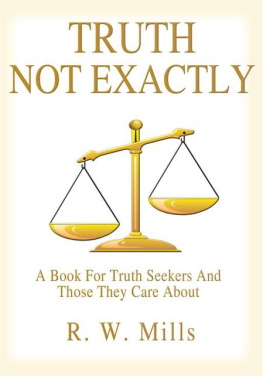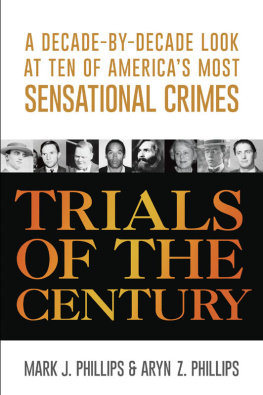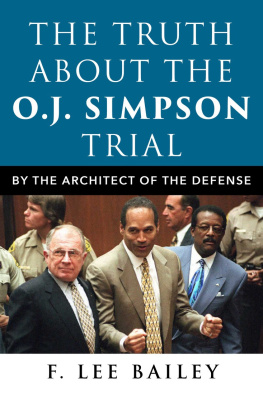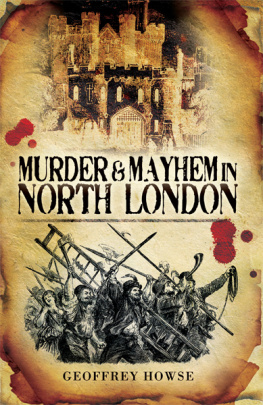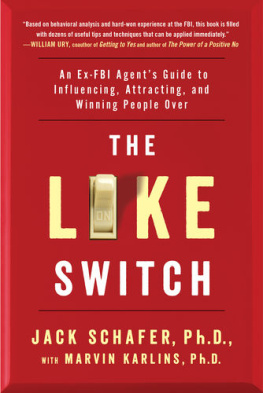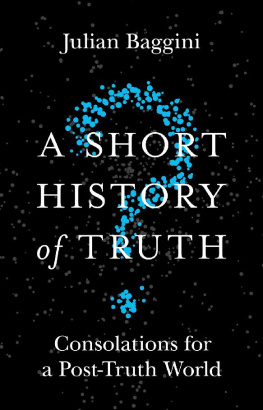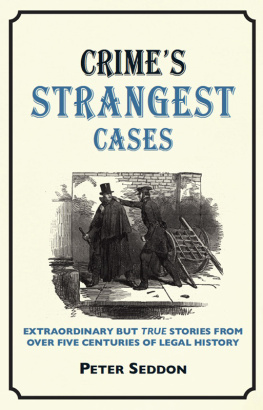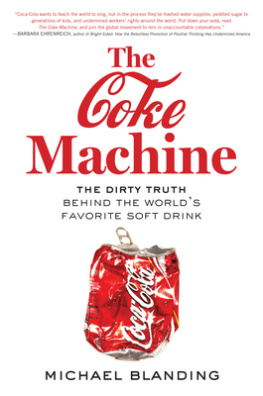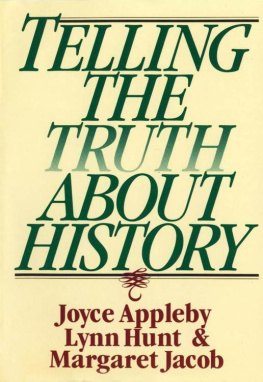Geoffrey C. Bunn - The Truth Machine: A Social History of the Lie Detector
Here you can read online Geoffrey C. Bunn - The Truth Machine: A Social History of the Lie Detector full text of the book (entire story) in english for free. Download pdf and epub, get meaning, cover and reviews about this ebook. year: 2012, publisher: Johns Hopkins University Press, genre: Science. Description of the work, (preface) as well as reviews are available. Best literature library LitArk.com created for fans of good reading and offers a wide selection of genres:
Romance novel
Science fiction
Adventure
Detective
Science
History
Home and family
Prose
Art
Politics
Computer
Non-fiction
Religion
Business
Children
Humor
Choose a favorite category and find really read worthwhile books. Enjoy immersion in the world of imagination, feel the emotions of the characters or learn something new for yourself, make an fascinating discovery.

- Book:The Truth Machine: A Social History of the Lie Detector
- Author:
- Publisher:Johns Hopkins University Press
- Genre:
- Year:2012
- Rating:3 / 5
- Favourites:Add to favourites
- Your mark:
The Truth Machine: A Social History of the Lie Detector: summary, description and annotation
We offer to read an annotation, description, summary or preface (depends on what the author of the book "The Truth Machine: A Social History of the Lie Detector" wrote himself). If you haven't found the necessary information about the book — write in the comments, we will try to find it.
How do you trap someone in a lie? For centuries, all manner of truth-seekers have used the lie detector. In this eye-opening book, Geoffrey C. Bunn unpacks the history of this device and explores the interesting and often surprising connection between technology and popular culture.
Lie detectors and other truth-telling machines are deeply embedded in everyday American life. Well-known brands such as Isuzu, Pepsi Cola, and Snapple have advertised their products with the help of the truth machine, and the device has also appeared in countless movies and television shows. The Charles Lindbergh crime of the century in 1935 first brought lie detectors to the publics attention. Since then, they have factored into the Anita HillClarence Thomas sexual harassment controversy, the Oklahoma City and Atlanta Olympics bombings, and one of the most infamous criminal cases in modern memory: the O. J. Simpson murder trial. The use of the lie detector in these instances brings up many intriguing questions that Bunn addresses: How did the lie detector become so important? Who uses it? How reliable are its results? Bunn reveals just how difficult it is to answer this last question. A lie detector expert concluded that O. J. Simpson was one hundred percent lying in a video recording in which he proclaimed his innocence; a tabloid newspaper subjected the same recording to a second round of evaluation, which determined Simpson to be absolutely truthful.
Bunn finds fascinating the lie detectors ability to straddle the realms of serious science and sheer fantasy. He examines how the machine emerged as a technology of truth, transporting readers back to the obscure origins of criminology itself, ultimately concluding that the lie detector owes as much to popular culture as it does to factual science.
Geoffrey C. Bunn: author's other books
Who wrote The Truth Machine: A Social History of the Lie Detector? Find out the surname, the name of the author of the book and a list of all author's works by series.

